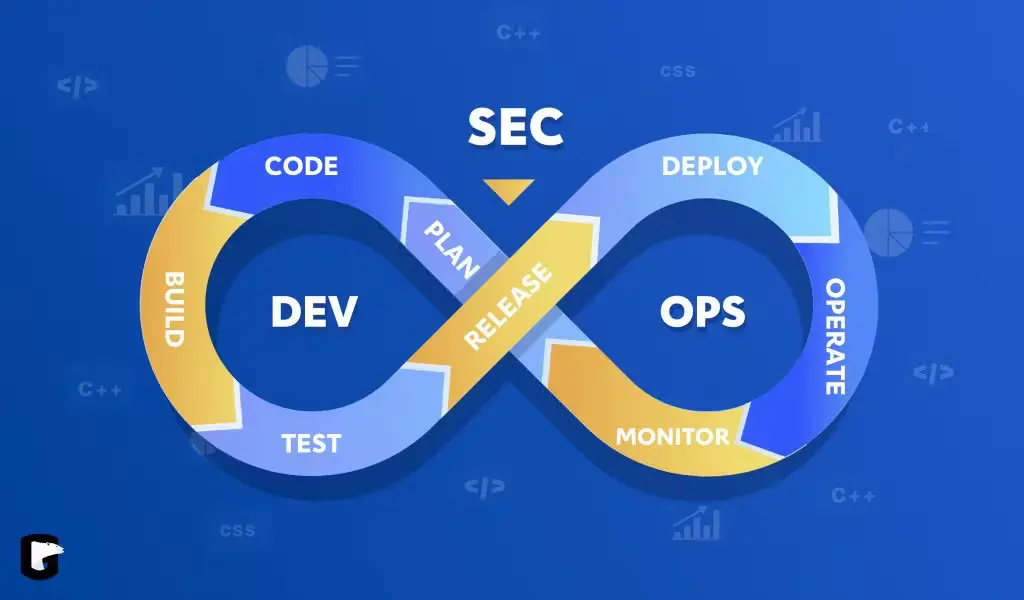

Table of Contents
What Is a DevSecOps Maturity Model?
This model serves as a roadmap for improving how security is embedded throughout the software development lifecycle. It outlines various stages of security evolution, from basic compliance to intelligent automation.
Typical stages include:
- Initial: Security is an afterthought, addressed manually or not at all.
- Reactive: Teams respond to threats as they emerge, often under pressure.
- Proactive: Security checks are embedded into CI/CD pipelines and processes.
- Predictive: Teams use analytics to anticipate and prevent threats.
- Optimized: Security is fully automated, AI-enhanced, and culturally embedded.
Why You Need a Structured Framework
Relying on ad hoc security practices isn’t sustainable. A maturity model helps:
- Benchmark your current capabilities
- Prioritize tool investments and training needs
- Improve cross-functional collaboration
- Accelerate incident response and reduce vulnerabilities
How to Improve Your Security Maturity Implementation
Assess Your Current Maturity Stage
Start by analyzing how and where security is currently integrated. Do your pipelines include static analysis? Are container images scanned regularly? Understanding this helps establish your baseline.
Set Measurable Goals for Progress
Define KPIs such as Mean Time to Remediate (MTTR), vulnerability counts, and security test coverage. These metrics help track progress and justify investments.
Encourage Shared Responsibility Across Teams
Security shouldn’t be isolated in one team. Empower developers with secure coding resources, and foster collaboration between Dev, Ops, and security roles.
Automate Security Tasks
Use tools like SAST, DAST, and SCA to identify issues early. Automating security tasks reduces human error and speeds up remediation.
Incorporate Feedback Loops for Continuous Improvement
Regular retrospectives, incident reviews, and dashboarding allow continuous improvement. Feedback should guide updates to policies and toolchains.
Common Roadblocks and How to Overcome Them
| Challenge | Suggested Approach |
|---|---|
| Siloed teams | Establish cross-functional workflows and shared objectives |
| Lack of tooling | Invest in tools that integrate with existing CI/CD systems |
| Unclear ownership | Assign security champions in development and operations teams |
| Manual compliance processes | Automate policy enforcement and audit logging |
Benefits of Reaching Higher Maturity Levels
By advancing along a maturity curve, organizations can:
- Accelerate release cycles without compromising security
- Minimize risks and improve incident response
- Meet compliance mandates more efficiently
- Enhance trust with customers and stakeholders
Conclusion: Why the DevSecOps Maturity Model Matters
Adopting a DevSecOps Maturity Model isn’t just about tools—it’s about building a security-first culture that evolves over time. Whether you’re just getting started or looking to refine existing practices, a clear framework helps you stay aligned, agile, and resilient.
Need help building a tailored security strategy? Our DevSecOps experts can guide you through the entire journey—from planning to execution—at any stage of your security evolution.
